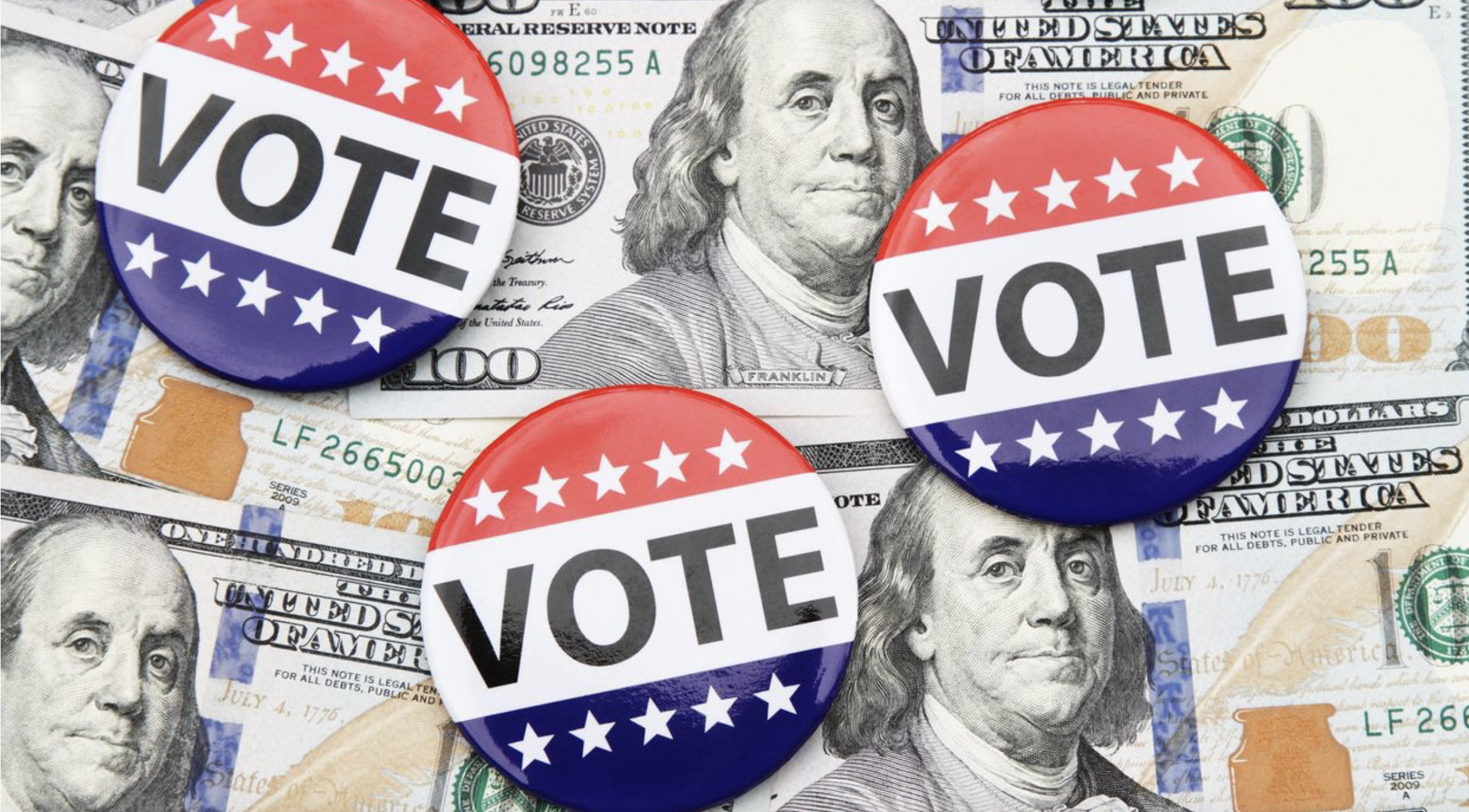The Fair Elections program is reshaping the campaign finance system in DC, increasing candidate and new donor participation
A new report reveals the impact of DC’s first election with public financing and the policy changes that could further expand donor pools and candidate participation.
Established by the passage of the Fair Elections Act in 2018, the Fair Elections program aims to transform the way political campaigns are financed in Washington, DC, by providing qualified candidates with seed funding and matching small-dollar contributions from District residents with public funds at a 5:1 ratio. DC is among a number of other cities and states that provide public financing to candidates in municipal elections.
According to data collected by the Office of Campaign Finance (OCF), just under million of public funding was distributed to 28 qualified candidates across the 2020 primary and general elections — about 25% above the Office of Campaign Finance’s estimated .2 million cost for the program. “There are important discussions going on about the cost, feasibility and benefits of the Fair Elections program,” says Brian McCabe, an associate professor of sociology in Georgetown College and an affiliated faculty member in the McCourt School of Public Policy. “Drawing on data collected through the program, research can help show how the program attracts diverse candidates to the political system and encourages citizens to become involved in the democratic process.”
In a new report, Dr. McCabe (SFS’02) and co-author Kenan Dogan (SFS’23) examine the impact of public financing on local candidates in the 2020 election cycle. Utilizing records from the OCF, the authors show how the program changed the role of small-dollar donors and reshaped the composition of the donor pool.
The power of small-dollar donors
In 2020, more than 13,700 District of Columbia residents contributed to a candidate running for a seat on the Council — more than double the number of donors in previous election cycles. In this cycle, 76% of donors to candidates participating in the Fair Elections program were new donors who hadn’t previously contributed to a recent political candidate.
McCabe and Dogan found that participating candidates of the Fair Elections program relied more heavily on small-dollar donors (those who contributed or less) to fund their campaigns. However, with the local government’s 5:1 match, findings show that the average matched contribution to participating candidates exceeded the average contribution to non-participating candidates.
Not only were average donations to participating candidates worth more, but many candidates who participated in the program also saw the largest number of unique donors. Half of the At-Large candidates with the largest number of donors participated in the program, and in the Ward races, five of the six candidates with the largest number of donors were participating candidates.
A changing donor pool
Participating and non-participating candidates relied on different geographic constituencies to build their donor coalitions. The authors suggest that this could reflect the diverse neighborhoods of residency for participating candidates, or the possibility that their policy positions appeal to a more geographically diverse set of donors.
Despite the program’s aim to increase interactions between candidates and residents of their Ward, fewer than half of donors to most Ward candidates lived in their district. These findings suggest that Ward candidates assembled citywide donor coalitions, rather than relying on their constituencies to fund their campaigns.
“While increased donor participation fulfilled one important goal of the program, there are other policy tweaks that could create more opportunities for residents to participate in the campaign finance system,” says McCabe.
Policy changes to improve the Fair Elections program
The report includes several recommendations to improve the Fair Elections program — from re-evaluating the current qualifying thresholds to considering a voucher program that supports low-income Washingtonians. One recommendation that has gained recent interest is the adoption of an alternative electoral system.
DC lawmakers are turning their attention to ranked choice voting (RCV), a popular electoral system that could further expand donor pools and candidate participation. In July 2021, DC Councilmember Christina Henderson introduced legislation to bring RCV to the District for its 2024 elections. If passed, voters would be able to express multiple preferences in a large field of candidates. Similar legislation has been implemented to produce fairer elections in major cities across the US.
Click here to read the full report and findings.
Dr. Brian McCabe (SFS’02) is an associate professor of sociology and an affiliated faculty member in the McCourt School of Public Policy. His research focuses on housing, gentrification and urban policy.
Kenan Dogan (SFS’23) is an undergraduate student in the School of Foreign Service studying business and global affairs.
